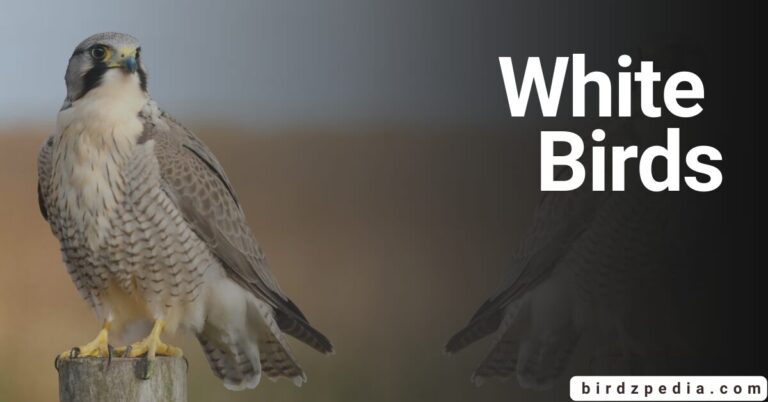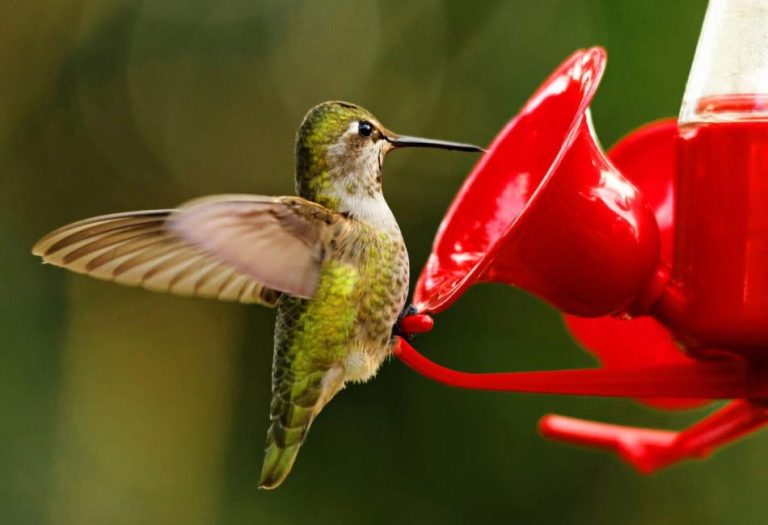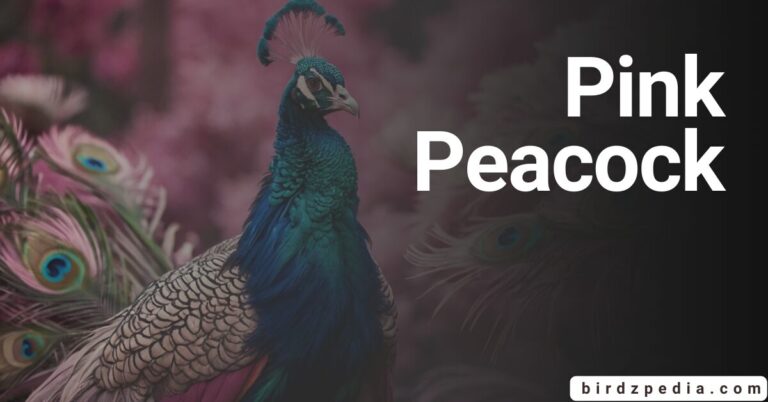Baby Flamingos: Fascinating Facts About These Unique and Adorable Birds
Flamingos are among the most instantly recognizable birds in the animal kingdom, with their long legs, curved necks, and stunning pink feathers. But the journey from fluffy, gray chick to striking pink adult is a captivating one, marked by several unique stages and behaviors. Baby flamingos, called chicks, are fascinating creatures in their own right and offer a glimpse into the intricate social and biological lives of flamingos.
From hatching in remote salt flats and alkaline lakes to learning to walk, eat, and eventually fly, baby flamingos endure an incredible transformation during their early months. This article will explore the life cycle of baby flamingos, their unique characteristics, and the challenges they face in their natural habitat.
1. The Birth of a Baby Flamingo
Flamingos are highly social birds that live in large colonies, often numbering thousands of individuals. These colonies are crucial for their survival, providing protection from predators and fostering strong social bonds. The breeding season for flamingos varies depending on their location, but most species prefer shallow, saline waters found in places like salt flats, lagoons, and alkaline lakes, where they nest and raise their young.
During the breeding season, adult flamingos engage in synchronized courtship displays that include head movements, wing salutes, and a group march, which helps strengthen bonds and attract mates. Once a pair has bonded, they build a nest—usually a mound of mud and stones with a small depression on top to hold the egg. Flamingo nests are typically built in shallow water, providing the chick with both warmth and protection from ground predators.
2. Hatching and Early Days
A female flamingo typically lays a single egg, which both parents incubate by taking turns over a period of 27 to 31 days, depending on the species. When it finally hatches, the chick is covered in gray or white down feathers and weighs just a few ounces. Its legs are shorter than those of an adult flamingo, and its beak is straight, unlike the distinctive curved beak it will develop later. The chick’s early appearance is a far cry from the colorful adult flamingos we’re familiar with, but it’s perfectly adapted for the chick’s early life stages.
After hatching, flamingo parents continue to care for their young diligently. Both parents regurgitate a specialized “crop milk,” a nutrient-rich secretion from their digestive system, which they feed to the chick for several weeks. Crop milk, which is also produced by pigeons and doves, contains proteins, fats, and other nutrients essential for the chick’s rapid growth and development. During this time, the chick’s legs and beak begin to grow, and it starts developing feathers to replace its initial down covering.

3. Flamingo Chicks in the Crèche: Learning to Be Independent
About a week after hatching, baby flamingos join a crèche, or nursery group, composed of many other chicks in the colony. A crèche is essential for a young flamingo’s survival, offering both protection and social learning opportunities. Flamingos are highly social animals, and the crèche provides chicks with the chance to interact with others, learning vital social behaviors and survival skills that they will need as adults. While in the crèche, flamingo chicks are still fed by their parents, who can recognize their chick’s specific call amidst the noise of the colony.
During this stage, the chick’s down feathers are gradually replaced by grayish-brown feathers. The young flamingo’s legs and neck also grow longer, bringing it closer to the characteristic appearance of an adult flamingo, though it still lacks the vibrant pink color.
4. Developing the Iconic Flamingo Traits
One of the most iconic features of flamingos is their bright pink coloration, which is noticeably absent in newly hatched chicks. Flamingos get their color from carotenoid pigments found in the algae and small crustaceans they eat. These pigments are broken down in the digestive system and absorbed into the skin and feathers, giving the flamingo its characteristic pink hue.
However, baby flamingos don’t begin to eat the same diet as adults until they’re weaned off crop milk, which can take several months. As a result, they remain gray or white throughout the first few years of life. Flamingos don’t achieve their full pink coloration until they are about two to three years old, and it may take as long as five years for some species to reach their vibrant peak.
The flamingo’s beak is another unique feature that develops over time. At birth, a chick’s beak is straight, allowing it to feed on crop milk more easily. As the chick matures, the beak gradually curves, adapting to the specific filter-feeding method used by flamingos. By the time it is ready to eat solid food, the chick’s beak has curved enough to enable it to filter feed in shallow waters, just like the adults.
5. Learning to Fly
Learning to fly is a significant milestone in a young flamingo’s life, marking its transition from chick to independent juvenile. Most baby flamingos start practicing their flying skills at around 11 to 12 weeks old. They first develop strength in their legs by running around the crèche and practicing wing flapping. Eventually, they make short, low flights around the colony until they gain enough strength and confidence to fly with the adult flock.
The timing of this milestone varies based on the environment and individual development, but by the time the chick reaches about three to five months old, it is generally ready to fly. Once they’re fully fledged, young flamingos begin exploring more of their habitat and, depending on the species, may start joining other flocks in nearby areas.
6. Challenges and Threats to Baby Flamingos
Although baby flamingos are well adapted to their environment, they face numerous challenges that can affect their survival. The remote salt flats, alkaline lakes, and lagoons where they nest are often subject to extreme weather conditions, including high temperatures, floods, and strong winds, which can destroy nests and make it difficult for chicks to survive.
Predation is another challenge, particularly for chicks in the early days of life. Various birds, mammals, and reptiles prey on flamingo eggs and young chicks. However, the sheer size of a flamingo colony and the organization of crèches offer protection by making it difficult for predators to single out individual chicks.
Human activity also poses a threat to flamingos. Habitat loss due to mining, pollution, and climate change can impact the delicate ecosystems that flamingos depend on for nesting and feeding. Conservation efforts are essential to preserving these habitats and ensuring the survival of flamingo populations and their young.
7. The Fascination of Flamingo Parenting
Flamingos exhibit a high level of parental care, with both parents actively participating in feeding and protecting their chick. This shared responsibility helps ensure that the chick receives adequate nourishment and security during its vulnerable early stages. Flamingo parenting and social structure within colonies offer insights into the cooperative behaviors of birds and underscore the importance of community in raising offspring.
Conclusion: The Remarkable Journey of a Baby Flamingo
The life of a baby flamingo is a fascinating journey marked by transformation, adaptation, and survival. From hatching as a small, gray chick in a remote salt flat to growing into an elegant pink bird with specialized feeding habits, the development of a flamingo chick is a testament to nature’s wonders. Observing the growth of flamingos provides insight into their adaptability, the importance of their social structure, and the unique characteristics that make them one of the world’s most beloved bird species.
As environmental challenges increase, protecting flamingo habitats and ensuring a safe environment for their young becomes ever more critical. Baby flamingos are not only adorable but also represent the resilience and beauty of wildlife. Through conservation and respect for their habitats, we can continue to appreciate and protect these remarkable birds for generations to come.






